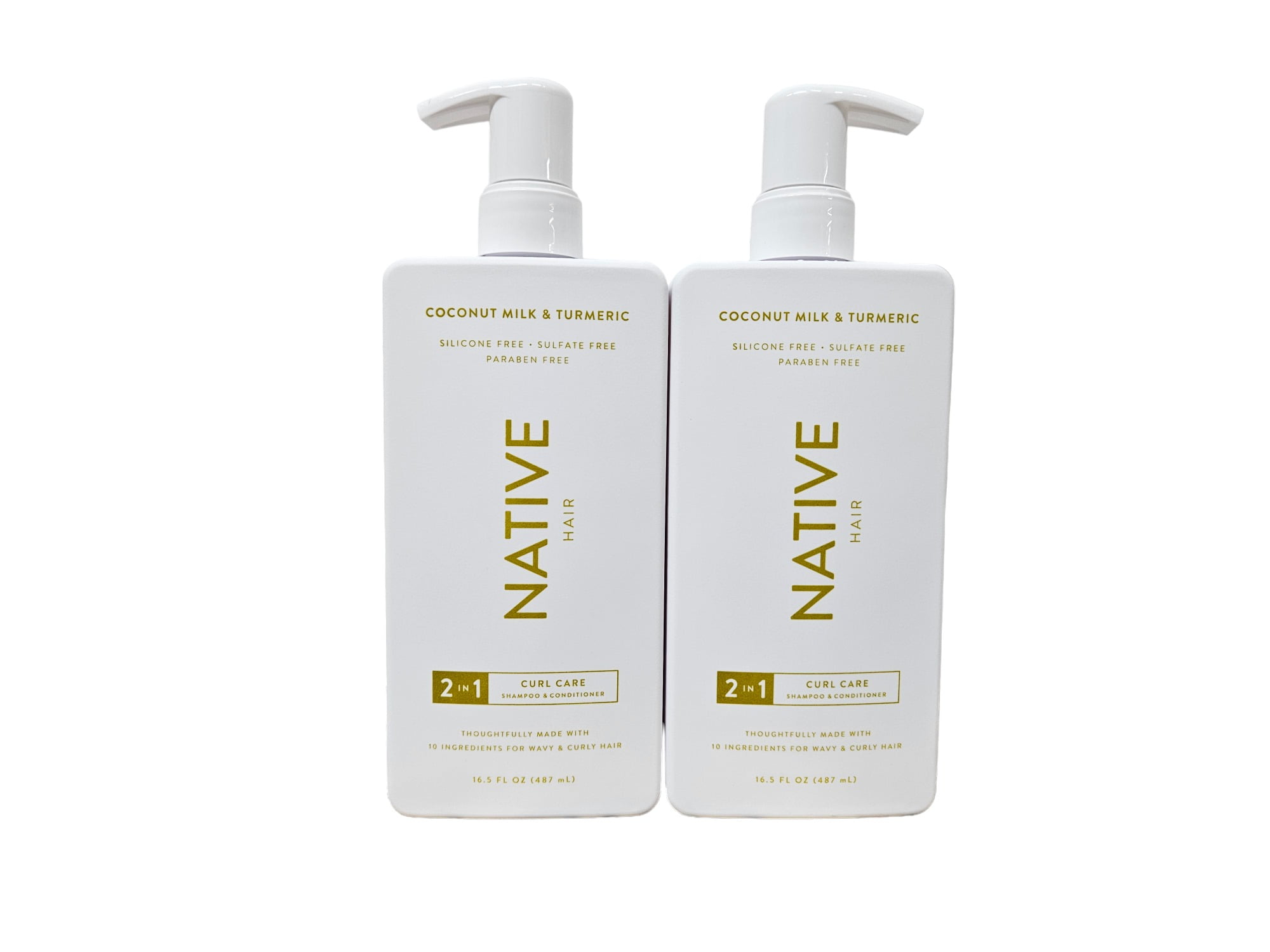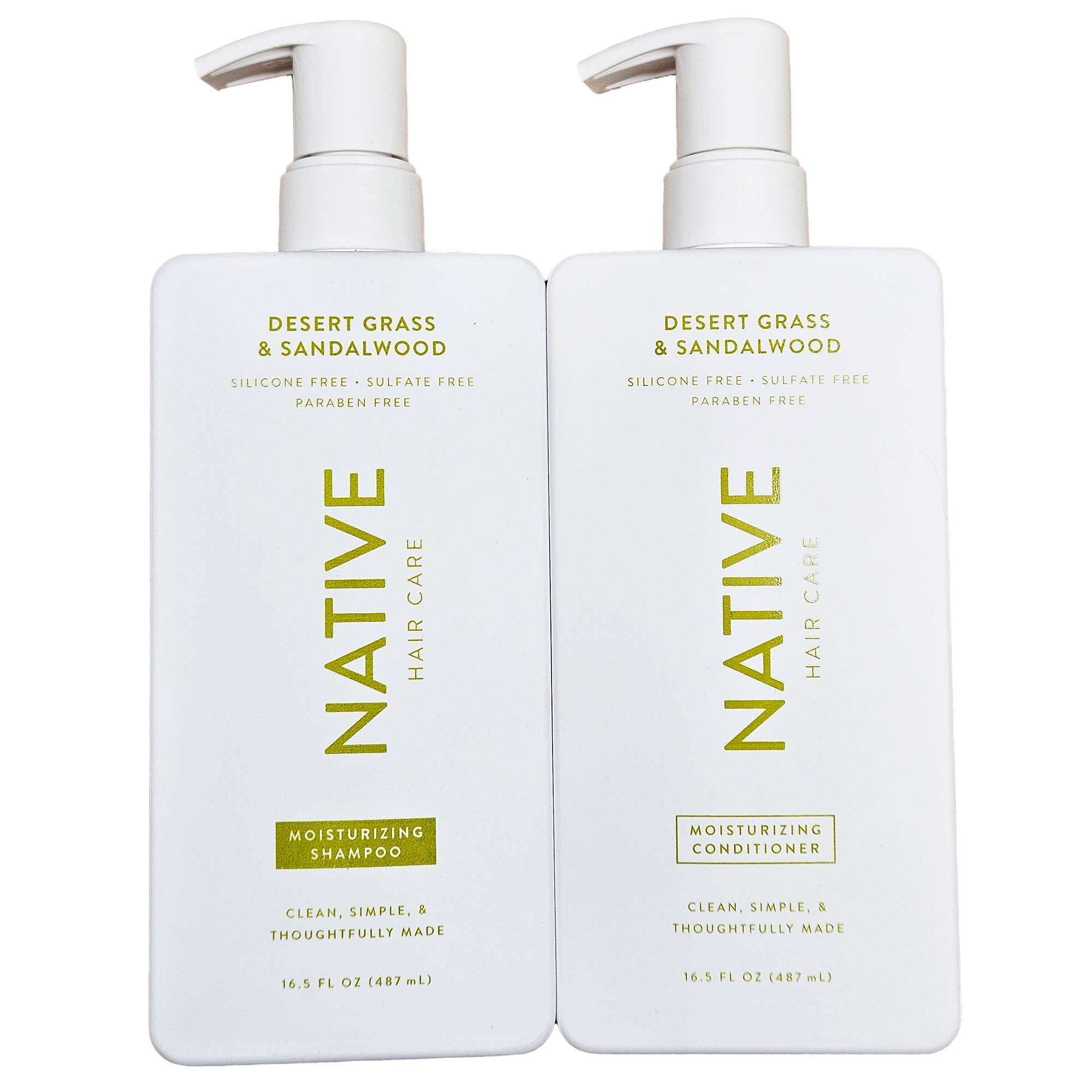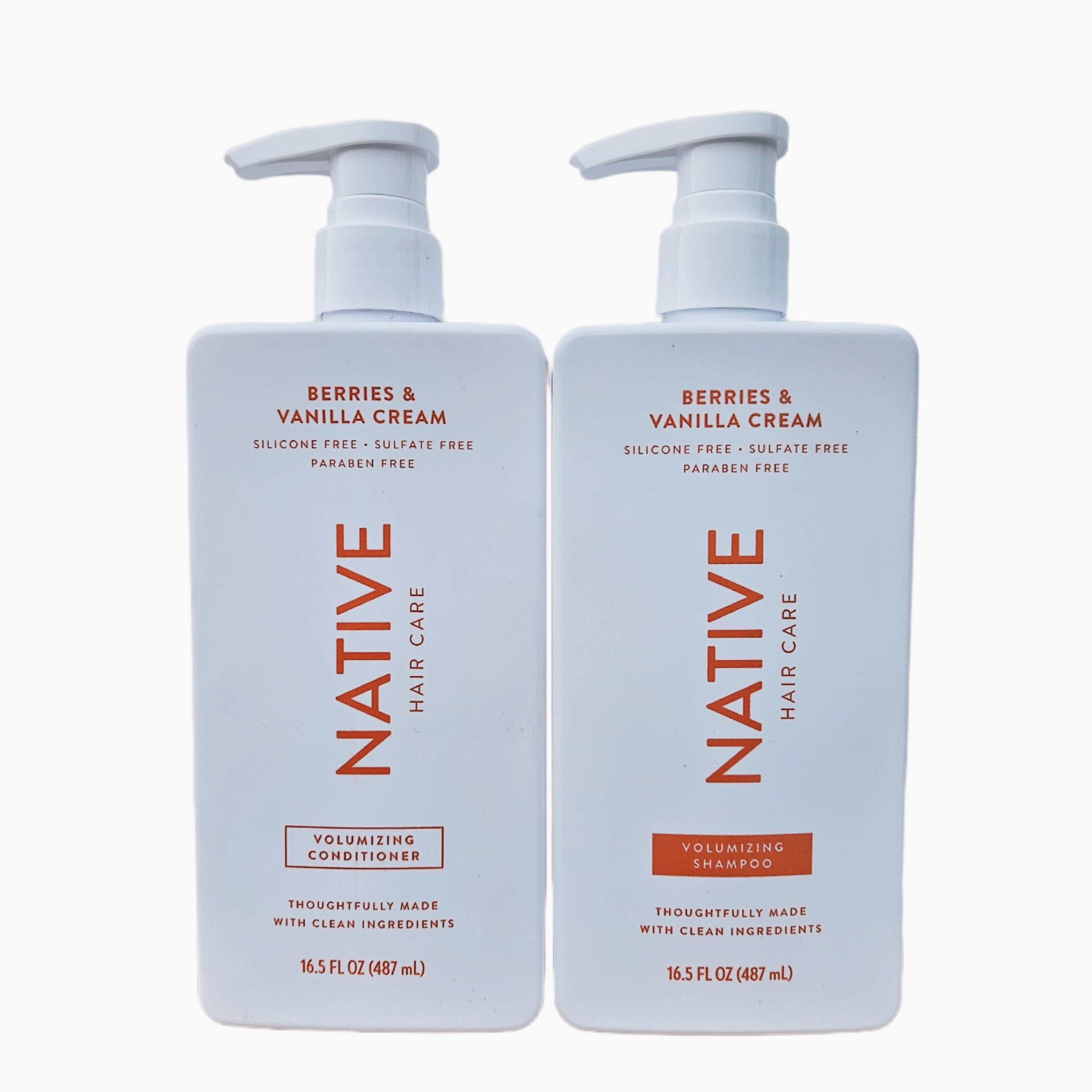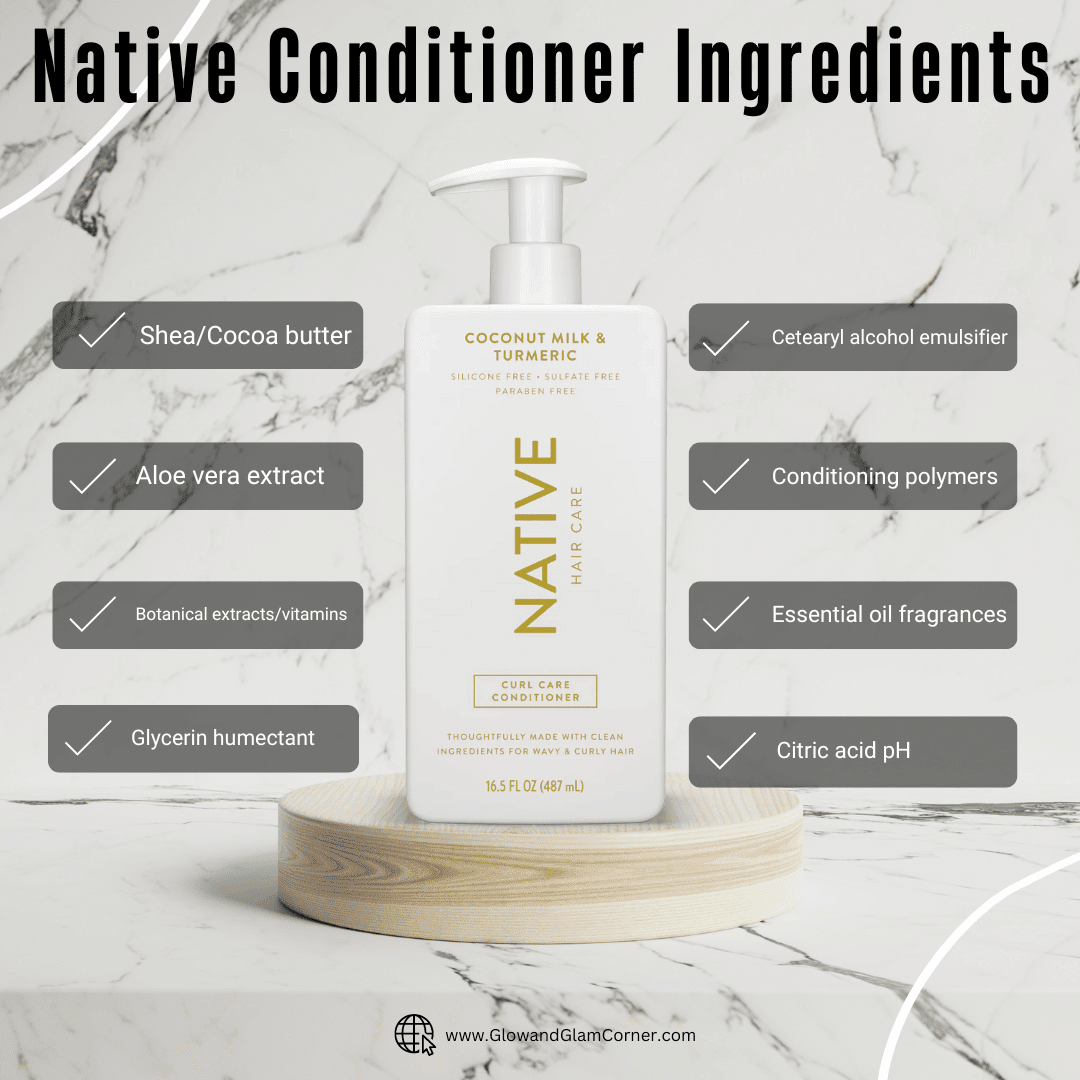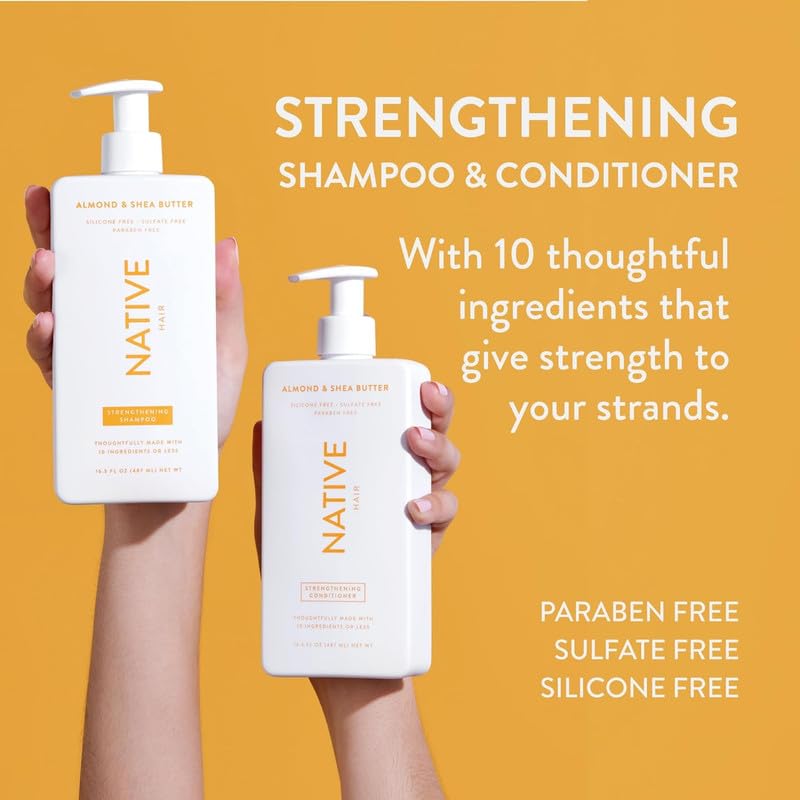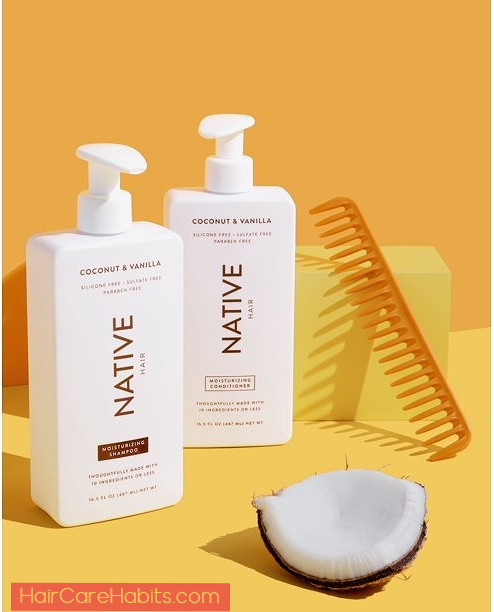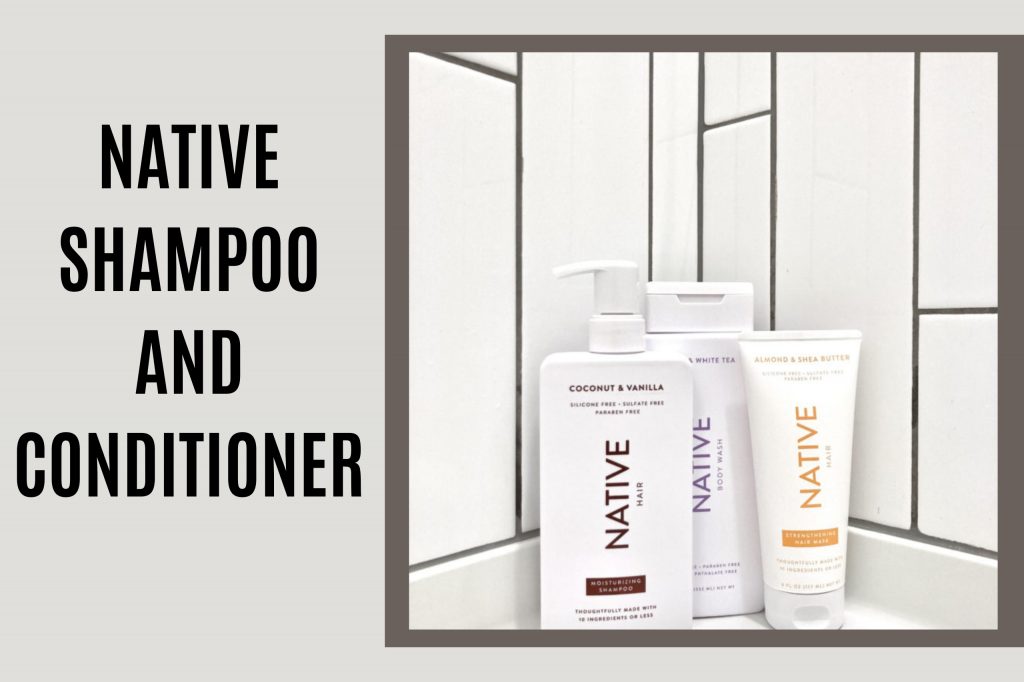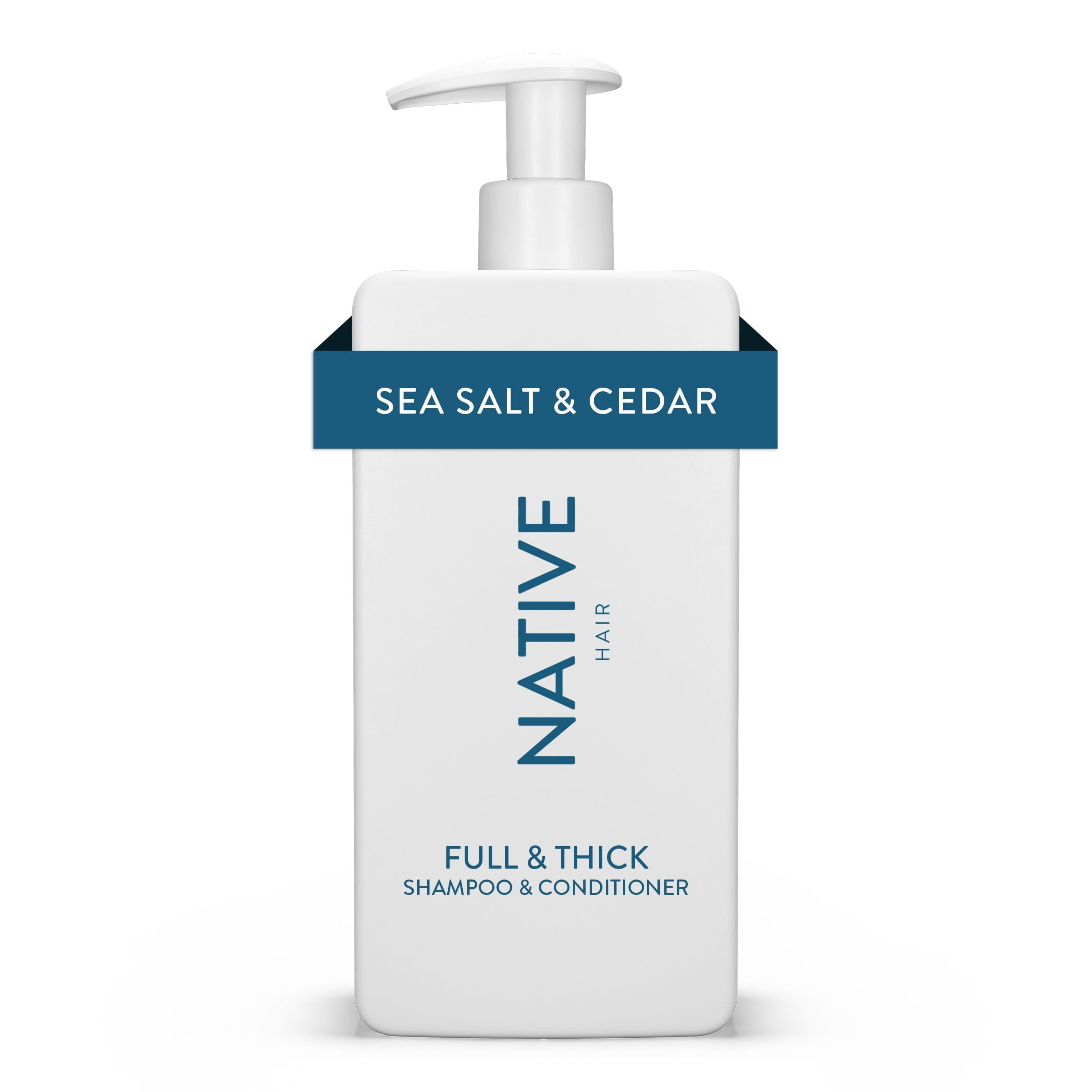How Good Is Native Shampoo And Conditioner

Imagine stepping out of the shower, your hair feeling clean, light, and subtly scented with coconut and vanilla. No harsh chemicals, no lingering worries about what you’re putting on your scalp. This is the promise of Native shampoo and conditioner, a brand that has quickly become a household name for those seeking a more natural approach to hair care.
But how good *is* Native, really? In a market saturated with options claiming to be the best, the most natural, or the most effective, it's crucial to look beyond the marketing hype and delve into the ingredients, performance, and overall value proposition. This article explores the ins and outs of Native shampoo and conditioner, examining what sets it apart, its pros and cons, and whether it lives up to its clean beauty claims.
The Rise of Clean Beauty and Native's Entrance
The beauty industry has witnessed a significant shift in recent years. Consumers are increasingly aware of the ingredients in their personal care products, demanding transparency and safer alternatives to traditional formulations. This “clean beauty” movement has paved the way for brands like Native, which prioritize plant-derived ingredients and avoid potentially harmful chemicals.
Native entered the scene with a clear mission: to create personal care products that are simple, effective, and made with ingredients people can understand. Their commitment to avoiding sulfates, parabens, phthalates, and other controversial ingredients resonated with a growing audience seeking a more conscious approach to their routines. The brand's straightforward approach to marketing and readily available product lines, coupled with strategic partnerships with influencers, quickly propelled them to popularity.
What Makes Native Shampoo and Conditioner "Native"?
The core of Native's appeal lies in its ingredient list. They emphasize using plant-based cleansers and focusing on key moisturizing agents such as coconut oil, shea butter, and citric acid. These ingredients are selected not only for their efficacy but also for their perceived gentleness and lower risk of irritation compared to some synthetic alternatives.
One of the primary differentiators for Native is the "free-from" list. Native boasts being free of sulfates, parabens, silicones, and phthalates. These are all ingredients that have raised concerns among some consumers regarding potential health effects or environmental impact, even though scientific consensus on their direct harm at levels typically found in personal care products is still a subject of debate.
Delving into the Ingredients
Let's take a closer look at some key ingredients commonly found in Native shampoos and conditioners. Coconut oil, a well-known emollient, helps to moisturize and condition the hair. Shea butter adds another layer of moisture, leaving hair feeling soft and manageable.
Citric acid can help to balance the pH level of the scalp, which can contribute to healthier hair. Some formulations also include ingredients like aloe vera for soothing properties and green tea extract for antioxidant benefits.
Performance and User Experience
While ingredient lists are important, the ultimate test of any shampoo and conditioner is how it performs. User reviews of Native products are generally positive, with many praising the pleasant scents, the way the products cleanse without stripping the hair, and the noticeable improvement in hair texture and manageability.
However, individual experiences can vary widely depending on hair type and specific needs. Some users with very oily hair may find that Native shampoo doesn't cleanse thoroughly enough, while others with very dry or damaged hair may require a more intensive conditioning treatment in addition to the Native conditioner.
One common observation is that transitioning to a sulfate-free shampoo like Native can initially result in a "detox" period for the hair. During this time, the hair may feel slightly different as it adjusts to the absence of sulfates, which are strong detergents that can sometimes strip the hair of its natural oils. This adjustment period is temporary and usually resolves within a few weeks.
The Scent Factor
Native is known for its wide range of appealing scents. From classic options like coconut and vanilla to more unique blends like cucumber and mint, there's a scent for nearly everyone. This is a significant draw for many consumers, who appreciate the long-lasting and subtle fragrance that the products leave on their hair.
The brand often releases limited-edition seasonal scents, adding to the excitement and encouraging customers to try new variations. However, scent preferences are highly personal, and what one person finds delightful, another may find overpowering. It's always a good idea to read reviews or sample a small size before committing to a full-size bottle.
Sustainability and Ethical Considerations
Beyond ingredients and performance, many consumers are also considering the environmental impact of their beauty choices. Native has made strides in this area, offering products in recyclable packaging and emphasizing responsible sourcing of ingredients.
While Native doesn't explicitly advertise being completely plastic-free, they actively encourage recycling and are exploring more sustainable packaging options. As consumer demand for eco-friendly products continues to grow, brands like Native will likely continue to innovate in this area.
Weighing the Pros and Cons
Before making a decision about whether Native shampoo and conditioner are right for you, it's helpful to summarize the key pros and cons:
Pros:
- Formulated without sulfates, parabens, phthalates, and silicones.
- Uses plant-derived ingredients.
- Available in a wide range of appealing scents.
- Generally well-reviewed for its cleansing and moisturizing properties.
- Packaged in recyclable bottles.
Cons:
- May not be suitable for all hair types (particularly very oily or damaged hair).
- Scent preferences are subjective.
- Not entirely plastic-free.
The Verdict: Is Native Worth the Hype?
Native shampoo and conditioner offer a solid option for those seeking a more natural and conscious approach to hair care. Its commitment to avoiding potentially harmful ingredients, combined with its pleasant scents and generally positive user reviews, makes it a worthwhile choice for many. However, it's important to remember that individual results may vary, and it's always best to consider your specific hair type and needs when choosing any hair care product.
The brand has successfully tapped into the desire for transparency and simplicity, providing consumers with a clear and accessible entry point into the world of clean beauty. While not perfect, Native represents a step in the right direction, encouraging other brands to follow suit and prioritize both the health of their customers and the health of the planet.
Ultimately, deciding if Native is right for you depends on your individual priorities and preferences. If you value clean ingredients, pleasant scents, and a relatively affordable price point, Native is definitely worth a try. However, if you have very specific hair concerns or are looking for a completely plastic-free option, you may want to explore other alternatives. Regardless, the rise of brands like Native signals a positive shift in the beauty industry, empowering consumers to make more informed and conscious choices.
